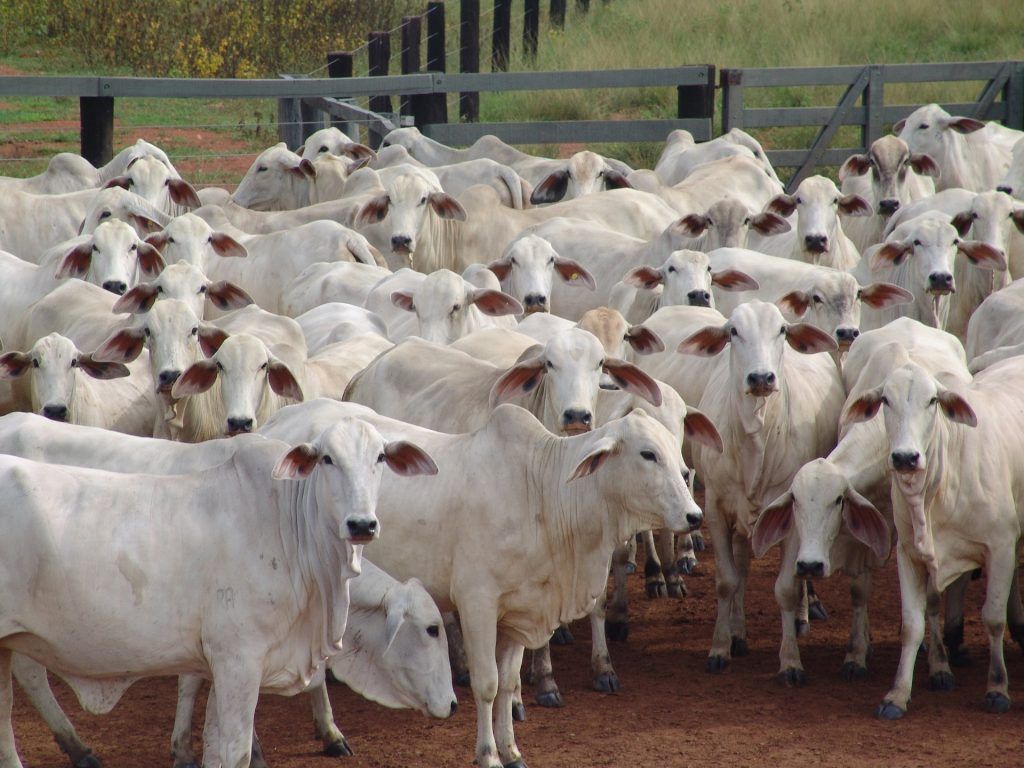Brazil, the United States, Australia, the Netherlands and Canada were the largest beef exporters in 2023.
With foreign sales of 9,495 million dollars, Brazil retained the first position in this indicator.
However, according to data from the World Trade Organization (WTO), this amount fell by 19.6% year-on-year.
This was followed by the United States, with 8.582 billion dollars and a 15.7% decrease in annual terms.
Beef exporters
The Organization for Economic Cooperation and Development (OECD) reports that Brazil is one of the largest meat consumers in the world, with a per capita consumption of 95.9 kilograms in 2023, including beef, chicken and pork products, a year-on-year increase of 0.3 percent.
Among the factors driving beef demand are:
- Population growth.
- Changes in diets.
- Variations in economic growth.
- Urbanization.
- Health and welfare trends.
- International trade flows.
- Prices of other meats or foods.
Other leading beef exporters in 2023 were Australia ($8,007 million, +6% y-o-y), the Netherlands ($3,874 million, +12.1%) and Canada ($3,298 million, +5.5 percent).
Brazilian market
According to BRF, due to meat price declines and economic recovery, meat consumption in Brazil increased in 2023 compared to 2022.
A slight economic improvement is expected for 2024 compared to 2023.
BRF projects an increase in animal protein consumption in Brazil of 5.7% for poultry and 4.3% for pork, considering the period between 2023 and 2028, as they are the preferred sources of animal protein for Brazilians, according to the OECD.
Global exports
The U.S. Department of Agriculture (USDA) forecasts global beef exports to increase slightly in 2024, to 12.3 million tons, as increases in Argentina, Australia, Brazil and India offset lower U.S. exports.
Strong import demand to the United States will support increased exports from Australia, as will an expected reduction in exports from the United States to major East Asian markets.
Brazil is forecast to remain the world’s largest exporter, but by 2024 exports will increase by only 1% to 2.9 million tons.

